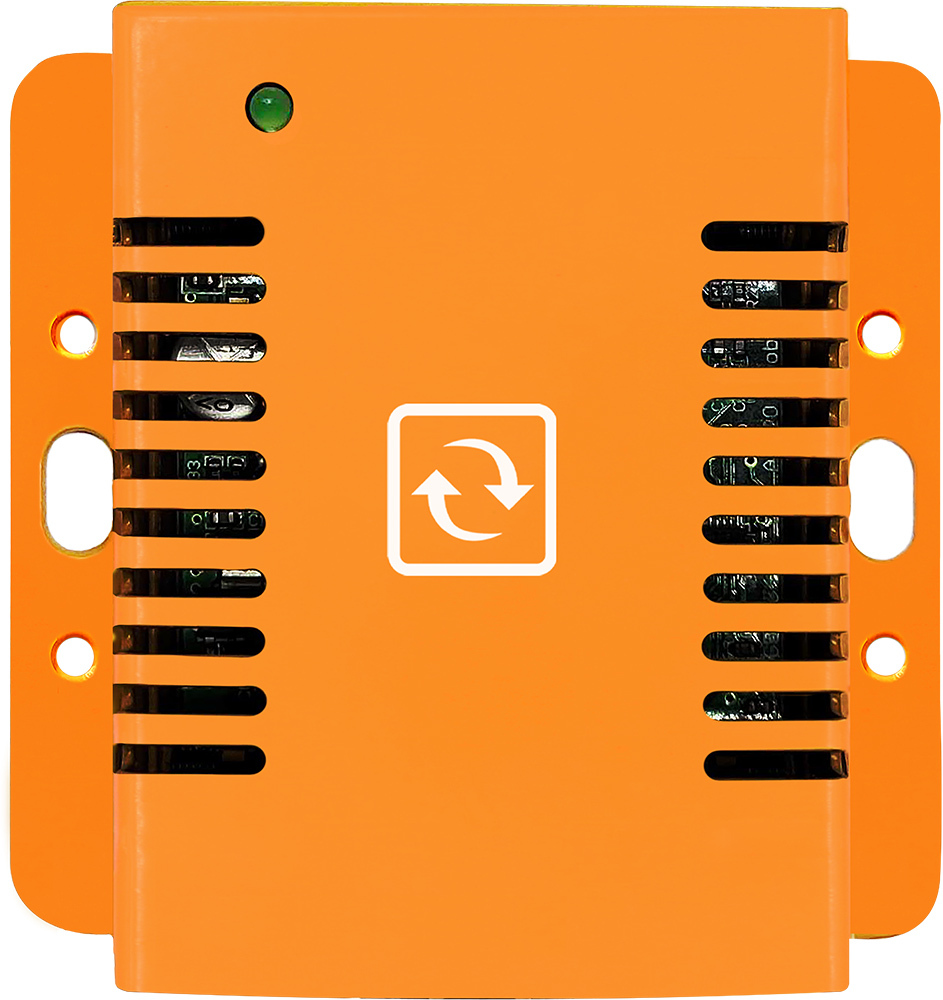
-
More
Hydrogen (H2) & VOC Gas Sensor
Close
Hydrogen is a potentially explosive gas released by batteries.
The sensor monitors the hydrogen concentration in the air in % LEL from 0-100. It also monitors temperature and humidity. For li-ion deployments it also provides the VOC level present.
H2 & VOC Gas Sensing
-
More
PM Particle Sensor
Close
The particle sensor monitors for airborne particles in the air of multiple sizes: PM1, PM2.5, PM4 and PM10. Particles can contribute to corrosion or electric short circuit which could result in a fire risk.
Particle Matter Sensor
-
More
Power Failure Sensor
Close
The power failure sensor enables you to get alerts when the main power goes out. The sensor can be used to safely shutdown the servers in the event of a detected power failure.
Power Failure Sensor
-
More
Water Leak & Ingress
Close
Water is the enemy of electricity. Water leak can come from multiple sources: leaking roof, street flooding, snow melt and many more. The leak sensor is a water leak sensitive cable that is put around the perimeter of the BESS.
Water Sensing Sensor & Cable
-
More
VOC gas sensor for off-gas
Close
Digital sensor designed for to detect VOC in the air. Only for air cooled battery packs - not liquid cooled batteries
VOC Gas Sensing
-
More
Temperature & Humidity Monitoring
Close
The ambient temperature measurement checks if your cooling is still operating and if the room has the desired temperature setting. Combined with the humidity sensors, it ensures that your equipment is running within limits.
Temperature & Humidity Sensor
-
More
Power Grounding
Close
The Grounding Monitoring system connects to the facilities or sites electrical ground system. It checks non stop the grounding’s resistance. This allows to get early warning on the grounding system.
Power Grounding

One of the key ways to prevent thermal runaway events is through the use of sensors that can detect off-gases or first venting events. The best sensor for this purpose is a sensor that can detect volatile organic compounds (VOCs).
VOCs is a reliable indicator of thermal runaway events. As the internal temperature of a lithium ion battery increases, it can release a variety of volatile organic compounds, including acetone, formaldehyde, and acrolein. These compounds are toxic and can pose a significant hazard if inhaled. By detecting the presence of VOCs, a sensor can help to prevent exposure to these dangerous gases.
In addition to detecting VOCs, it is important for the sensor to be able to operate in a wide range of temperatures and environments. Lithium ion batteries are often used in a variety of applications, including electric vehicles, portable electronics, and renewable energy storage systems. As such, the sensor needs to be able to function effectively in a range of temperature and humidity conditions.
As shown in multiple studies, a sensor that can detect VOCs is the best option for identifying off-gases or first venting events in lithium ion energy storage systems. By detecting these gases at an early stage, engineers can take action to try to prevent the escalation or propagation of a thermal runaway event and trying to reduce the risk of explosions or fires.
The sensor is only available through OEM and in select markets.